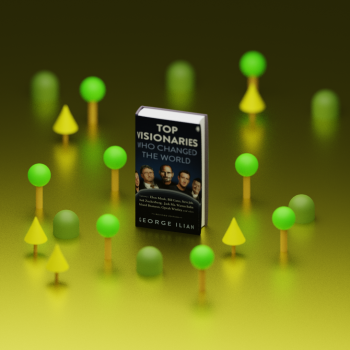
Oct 26, 2023
CV Raman - Sir Chandrasekhara Venkata Raman
In the annals of the world's scientific history, there stands a distinguished figure from India whose contributions to the field of optics and light science have left an indelible mark. Sir Chandrasekhara Venkata Raman, universally acclaimed as C.V. Raman, remains one of India's most celebrated scientists. His groundbreaking research earned him the 1930 Nobel Prize in Physics, making him the first Asian and non-white person to win the accolade in this category.
C.V. Raman was born on 7th November 1888 in Tiruchirappalli, Tamil Nadu. He displayed an innate aptitude for science from a young age. By the age of 11, he had already completed his secondary education. Following this, he pursued a Bachelor's degree in Physics from Presidency College, Madras, where he made his first foray into research by publishing an article on the diffraction of light.

Raman's academic brilliance led him to earn his master's degree by the age of 19. Although he initially took up an administrative role in the Finance Department of the Indian government, his insatiable passion for science never waned.
While Raman's contributions spanned various areas of physics, his most seminal work came in the form of the discovery of the 'Raman Effect'. This phenomenon pertains to the scattering of photons (or light particles) when they pass through a medium.
Before this discovery, scientists were aware of the Rayleigh scattering, which explains why the sky appears blue. However, Raman’s curiosity led him to investigate the scattered light further, especially its color variations. In 1928, along with his colleague K.S. Krishnan, Raman noticed that when light passed through certain substances, a fraction of the scattered light changed its wavelength. This change was due to the energy exchange between light and the molecules of the substance.

This observation was groundbreaking. It revealed that it's possible to discern the nature of molecules in a substance just by studying the light scattered by it. The phenomenon was aptly named the 'Raman Effect' and became a cornerstone in spectroscopic studies.
Raman's discovery was so profound that just two years later, in 1930, he was awarded the Nobel Prize in Physics. This achievement was a testament not just to his individual genius but also to the scientific potential of a nation shaking off the yoke of colonialism.
Post this recognition, Raman's career soared to greater heights. He was knighted in 1929 by the British government, thus earning the title "Sir." In 1934, he established the Raman Research Institute in Bangalore, which has since become a hub for scientific research in India.

While the Raman Effect remains his most celebrated discovery, his contributions to science were vast and varied. He carried out extensive research on the physiology of human vision, leading to critical insights into how we perceive colors. Additionally, his studies on acoustics, especially the harmonics and overtones of musical instruments like the mridangam and the violin, are still referenced in the world of musical acoustics.
Raman was not just a scientist but also a visionary academician. His passion for nurturing young talents was evident in his interactions with students. Many of his protégés went on to become renowned scientists, furthering the rich legacy of scientific research in India.
C.V. Raman's legacy extends far beyond his scientific achievements. He is a symbol of perseverance, curiosity, and the relentless pursuit of knowledge. His life stands as a testament to the fact that passion, combined with dedication, can lead to discoveries that can change the course of science.

Even today, the Raman Effect finds applications in diverse areas, from medical diagnostics to the study of art and historical artifacts. The 'Raman Spectroscopy', derived from his discovery, is a widely used tool in various scientific and industrial fields.
To honor his immense contributions, India celebrates 'National Science Day' on 28th February every year, marking the day Raman discovered the Raman Effect.
C.V. Raman's journey from a curious boy in Tiruchirappalli to a Nobel laureate is an inspiration for every aspiring scientist. His life and work underscore the significance of unbridled curiosity and relentless dedication.
In today's age, when rapid technological advancements often overshadow basic scientific research, Raman's legacy reminds us of the timeless value of fundamental science. His story is not just a chapter in a science textbook but a beacon for generations, illuminating the path of inquiry, discovery, and unparalleled contribution to human knowledge.









